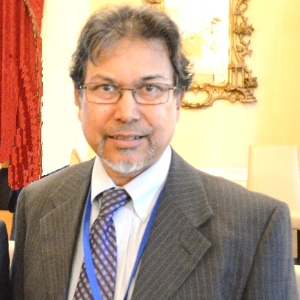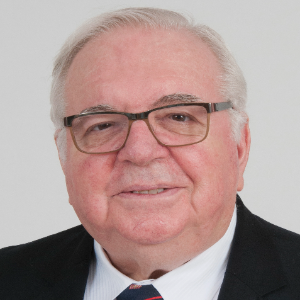Biosensors are analytical devices that include a sensor system and a transducer, as well as other biological detecting elements. When compared to any other currently available diagnostic device, these sensors are superior in terms of selectivity and sensitivity. These Biosensors' principal uses are in environmental pollution management, agriculture, and the food industry. Biosensors have four primary characteristics: stability, cost, sensitivity, and repeatability. A biosensor is the abbreviated form of biological sensor. A transducer and a biological ingredient, such as an enzyme, antibody, or nucleic acid, make up the device.
The application of electrical engineering principles to biology, medicine, behaviour, or health is known as bioelectronics. It develops innovative devices or processes for the prevention, diagnosis, and treatment of disease, as well as patient rehabilitation and health improvement. It advances fundamental concepts, creates knowledge from the molecular to the organ systems levels, and develops innovative devices or processes for the prevention, diagnosis, and treatment of disease, as well as patient rehabilitation and health improvement. Bioelectronics is a field that studies the interaction of electronics and living processes. Bioelectronic devices can assess and even harness biological activity, having applications in fields like healthcare monitoring and disease treatment. Many of the recent research in soft electronics is about the mechanical properties of the device closely resembling those of organic tissues. Conformal and sturdy epidermal and implanted devices require such qualities.
- Pacemaker
- Materials in diagnosis
- Biomaterials
- Tissue engineering
- Enzymes
- Organic Bioelectronics
- Soft electronics
- Biomechanotronics

Ephraim Suhir
Portland State University, United States
Thomas J Webster
Interstellar Therapeutics, United States
Robert Buenker
University of Wuppertal, Germany
Will Skene
Montreal University, Canada
Valeriy A Buryachenko
Micromechanics & Composites LLC, United States
Anis Rahman
Applied Research & Photonics, Inc, United States
Will Skene
Montreal University, Canada
Robert Guidoin
Laval University, Canada
Robert Buenker
University of Wuppertal, Germany


Title : Introducing picotechnology: An exciting extension of nanotechnology
Thomas J Webster, Interstellar Therapeutics, United States
Title : The failure of both einsteins space-time theory and his equivalence principle and their resolution by the uniform scaling method
Robert Buenker, University of Wuppertal, Germany
Title : Material challenges with proton conducting ceramics for intermediate temperature hydrogenation/dehydrogenation applications
Saheli Biswas, Commonwealth Scientific and Industrial Research Organisation, Australia
Title : Porphyrin layers at metal-electrolyte interfaces monitored by EC-STM and CV
Marek Nowicki, University of Wroclaw, Poland
Title : Color control of electrochromes by structural modification
Will Skene, Montreal University, Canada
Title : Make experiments more efficient: Two simple and powerful approaches. Mg2Si growth for photovoltaic and thermoelectric applications
Alexander S Gouralnik , Institute of Automation and Control Processes, Russian Federation
Title : Reconfigurable antenna structures using tunable materials
Nasimuddin, Institute for Infocomm Research, Singapore
Title : (0, 1 and 2) Dimensional hybrid architecture of the synthesized materials leads the smart sensing of the gaseous species at low/room temperature
D R Patil, North Maharashtra University, India
Title : Enhanced grain refinement, precipitates regulation, and improved mechanical properties of cast Al-Li alloy by Ti addition and heat treatment
Lixiong Shao, Shanghai Jiao Tong University, China
Title : Broadband sound attenuation of shape memory polymer with triangular-honeycomb unit cell metamaterial structural design
Musaab Ejaz, Universiti Teknologi PETRONAS (UTP), Malaysia